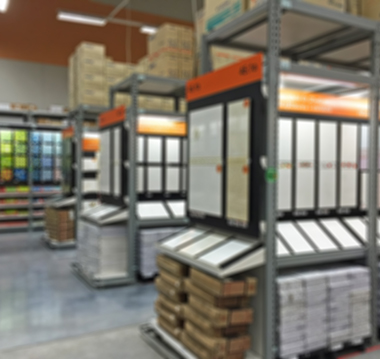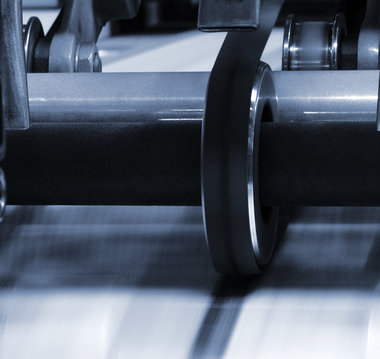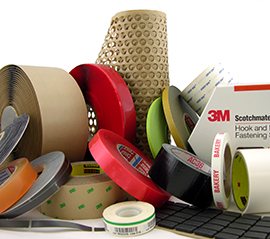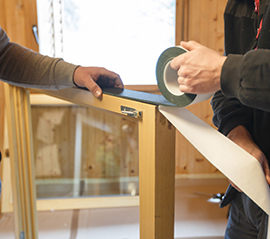



Tape101
One of the biggest missteps you can make in your adhesive selection process is assuming that all tapes are the same - which is why we're here to help you understand the differences.
Get the eBook

One of the biggest missteps you can make in your adhesive selection process is assuming that all tapes are the same. So much goes into whether an adhesive will work for your specific application, and you should consider each factor when picking out an ideal product. It's important to match the properties of your adhesive to the needs of what you're bonding.
At Budnick.com we've always made it our primary goal to educate our customers as best we can, and our Tape101 eBook and learning center is the next step in that process. We've outlined the basic steps to follow and questions to ask throughout the process of identifying an adhesive so you can approach each project with the knowledge you need to make the best decisions. Feel free to browse through the basics of tapes, or for a more in-depth overview, download our free eBook here!
Case Studies
Budnick has decades of experience developing application, product, and process solutions - read about some of our favorite solutions below!

Case Study Small Changes
A display manufacturer needed to increase the speed in which its finishing department was using tape, while the end user required decreased assembly time.
- Budnick recommended reducing the roll width and adding an extended liner
- Budnick expected the customer to balk at a price increase due to increased machining
- Customer realized the justification for the changes after seeing the extended liner’s easy removability

Case Study Oven Door Assembly
Using an expensive multi-layered double coated foam for gap filling in their oven doors was creating problems for a major appliance manufacturer.
- Developed a better solution with a custom product that fully fit their needs
- Improved the customer's application methods in the process
- Helped both the customer's bottom line and their production line workers

Case Study Custom Printing
Budnick's flexographic printing capabilities were put to the test to create custom printed container seals for a leading packaging manufacturer.
- The seals feature Budnick’s ability to combine static flexo printed images with variable printed data
- Lot numbers were printed in both barcode and human readable for on four labels
- The labels’ adhesive system sticks to multiple surfaces and includes a tamper evident security feature



